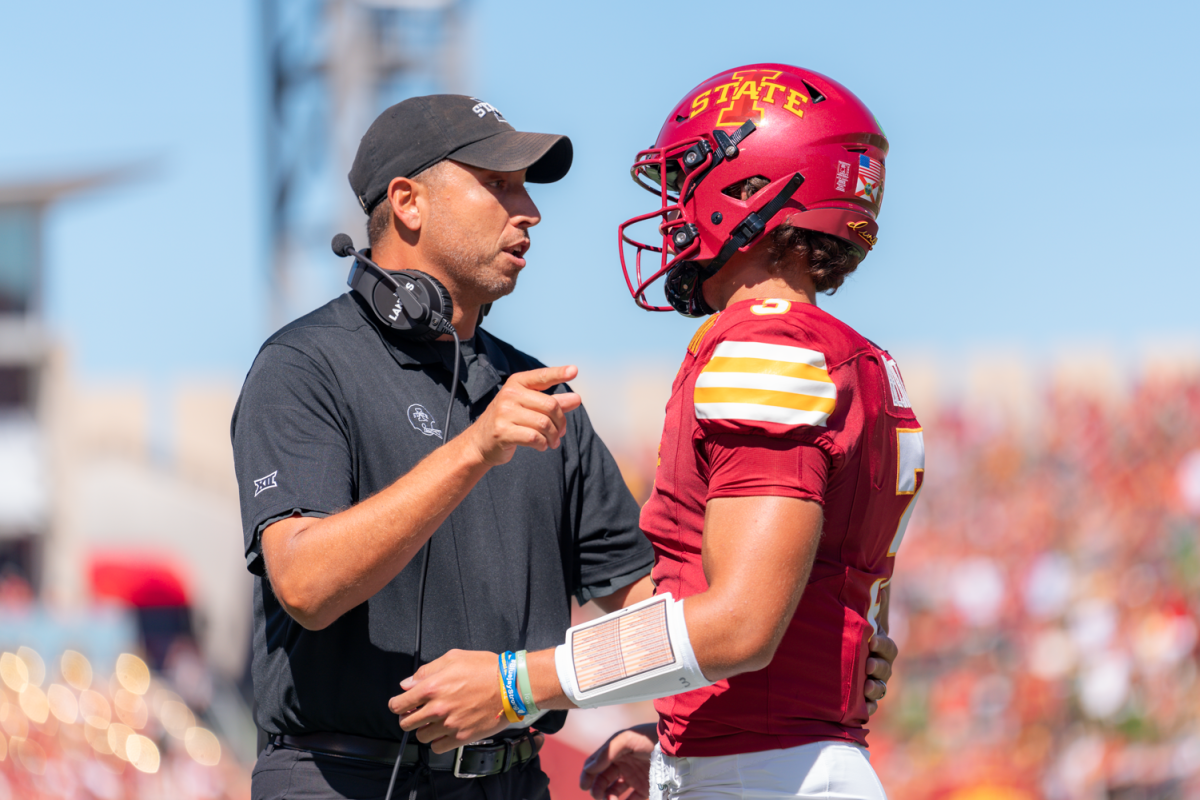EDITORIAL: Approach merger with caution
February 6, 2004
It may seem old, outdated or even useless to the inattentive observer, but the College of Family and Consumer Sciences is much, much more than spindle spinners and seamstresses.
Exciting, groundbreaking studies in nutrition research and hotel management fall within the college, as well as important majors such as textiles and clothing. Unfortunately, the uniqueness of these programs and the college itself could be lost in a year and a half when FCS merges with the College of Education.
ISU President Gregory Geoffroy announced the merger Monday, saying it was due to continual budget cuts the university has endured in recent years. Committees will be established to brainstorm the structure of the new college and a new name. The consolidation of the programs will be finished by July 2005.
This is a great loss for Iowa State. FCS, despite being that smallest college on campus, has a great history. In 1871 it was the first FCS college to be created at a land-grant university. In addition, groundbreaking research on nutrients and other food sciences gives the college and university as a whole distinguished recognition — recognition that could be lost as the college folds into another.
Likewise, the College of Education could suffer. By combining with another college, the needs of the COE could be ignored. This could further deteriorate the program, and make it second-rate in comparison to the University of Northern Iowa’s education program.
However, as sad as it is to lose the definition of these colleges, it is far worse to realize such drastic steps are necessary due to the university’s dire budget situation. Double-digit tuition percentage hikes have become the norm, and jobs have already been cut. As Geoffroy said last fall, the university is down to the bone in trimming the budget.
The claimed synergy of the two colleges is questionable. While some of the departments in both colleges deal with human development issues, many do not. Textiles and clothing has a lot more to do with design than it does human development.
Programs in the colleges may fit better in other areas of the university.
Keeping the colleges altogether, though, will help them maintain some sense of unity. Also, the combination could help both Education and FCS by giving the duo as a whole more money and prestige than either received individually.
As long as FCS and Education retain all their programs, both can possibly gain from this merger. Although there may be hidden consequences, consolidating FCS and Education seems to be the most logical response to the looming cloud of the ISU budget.






